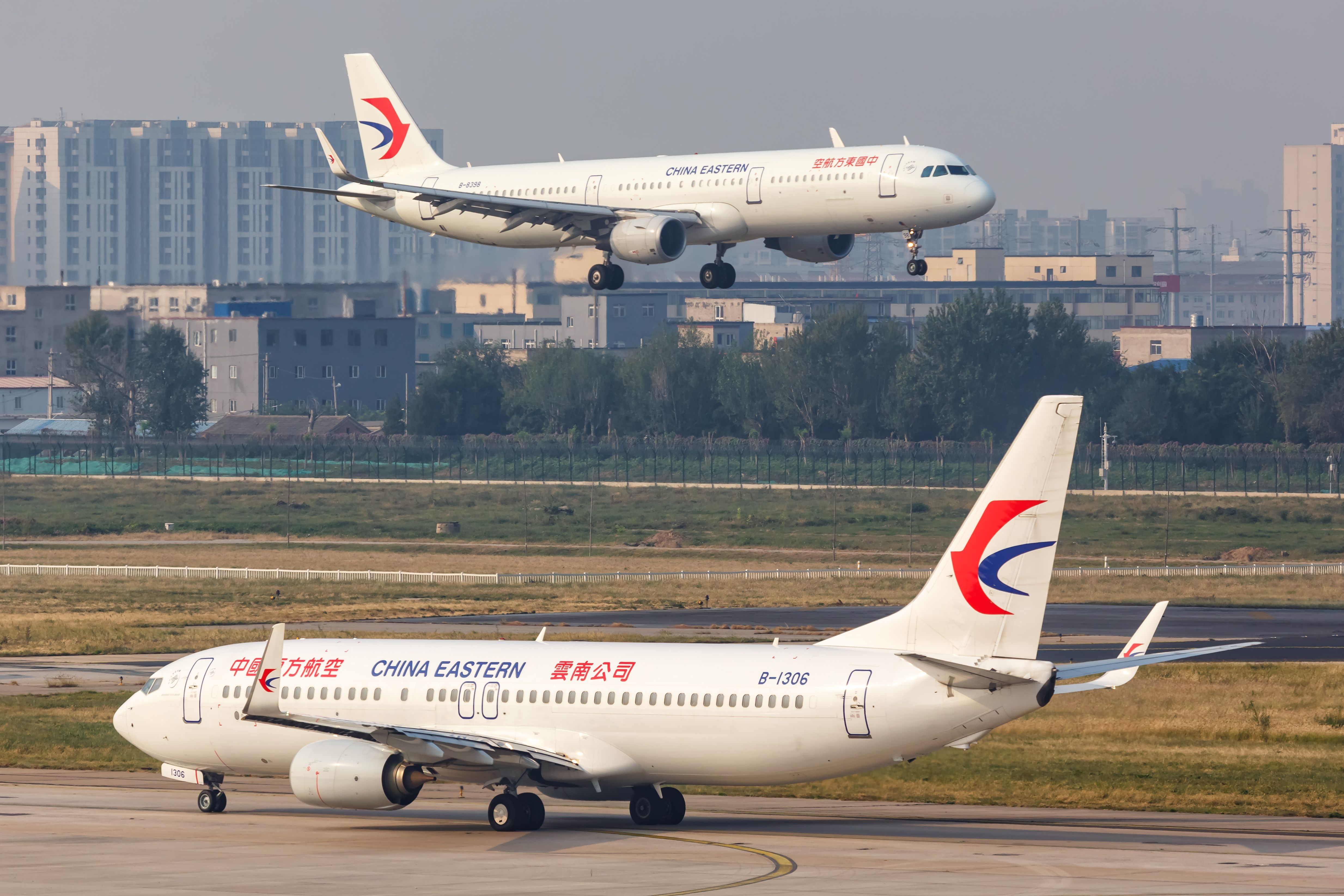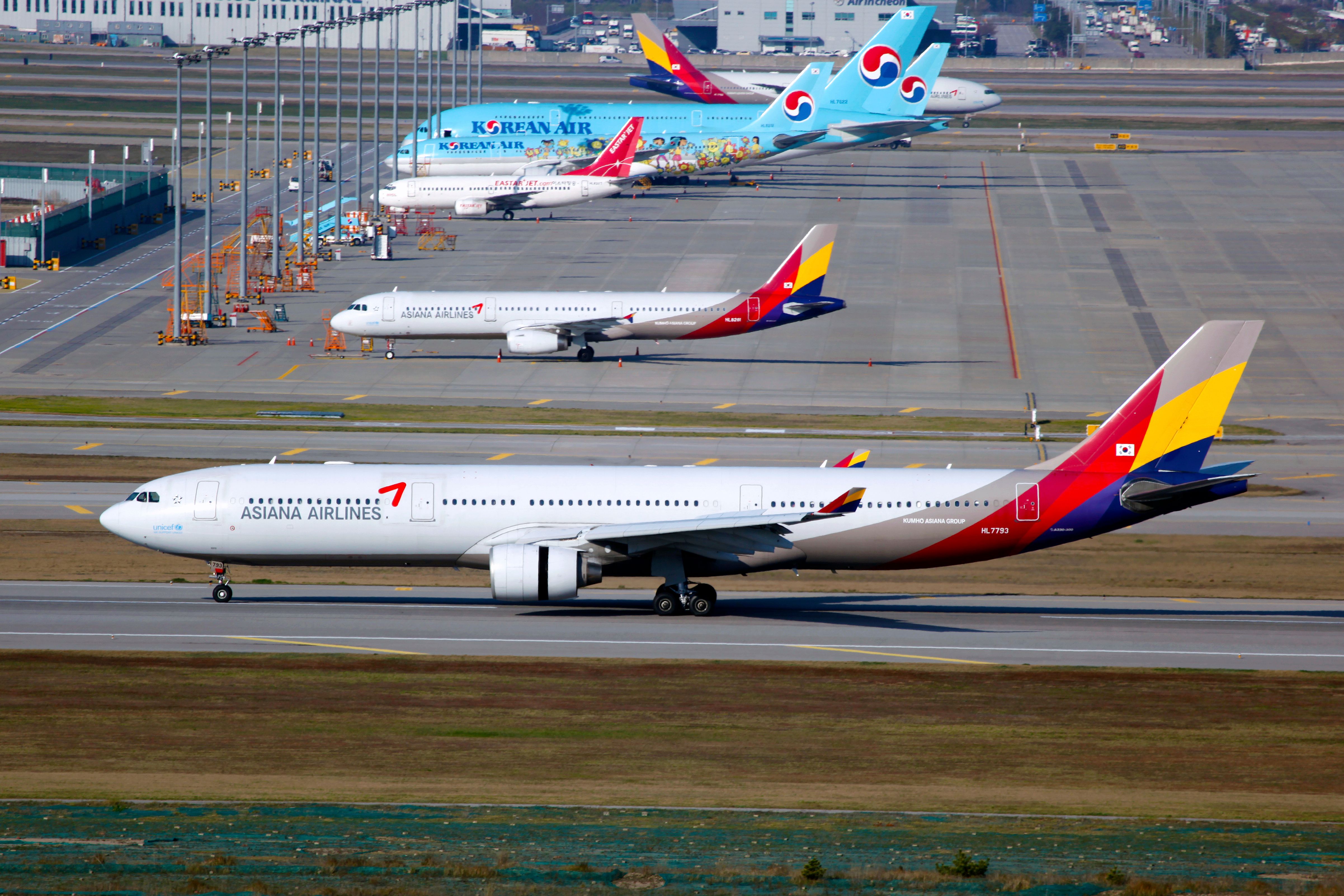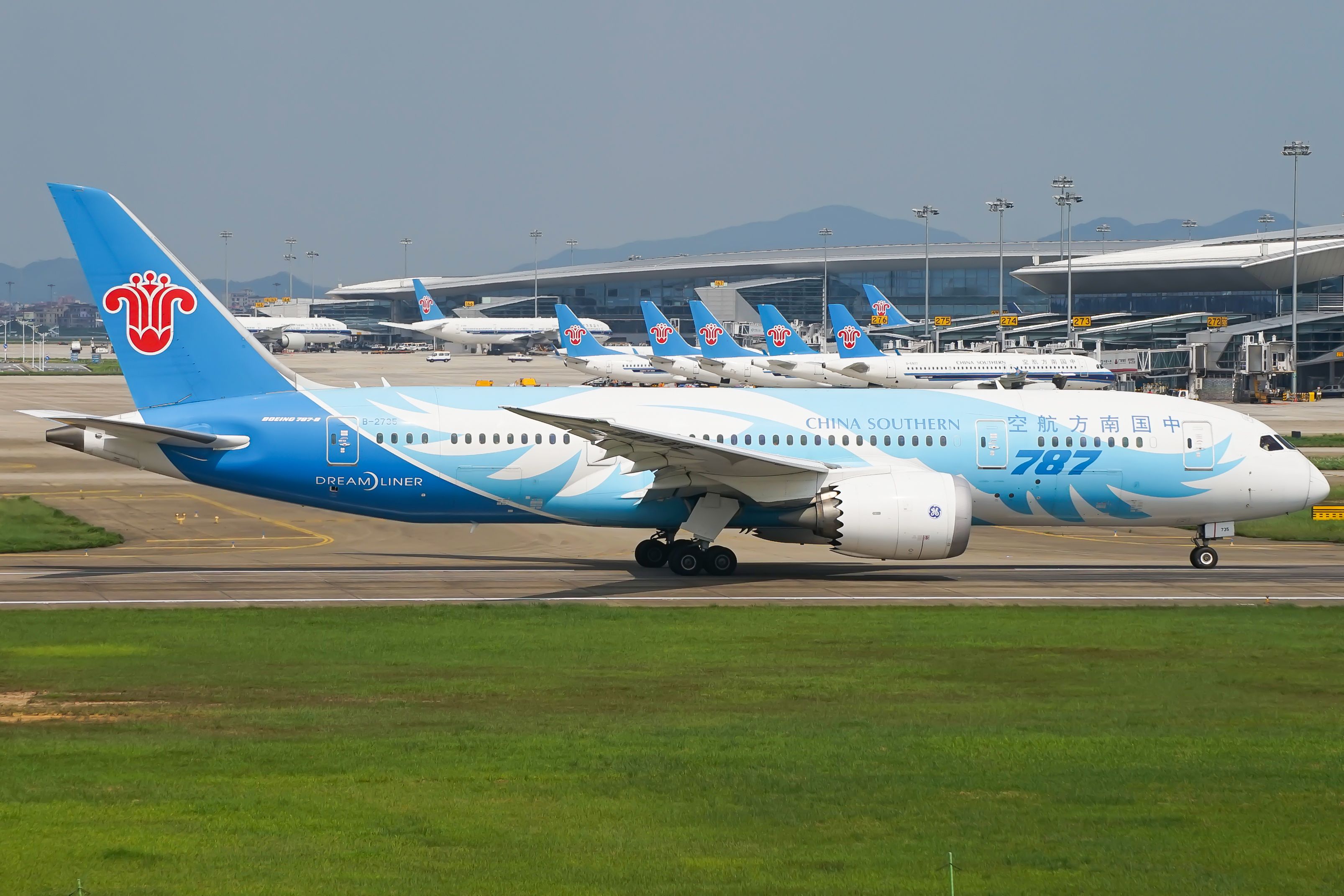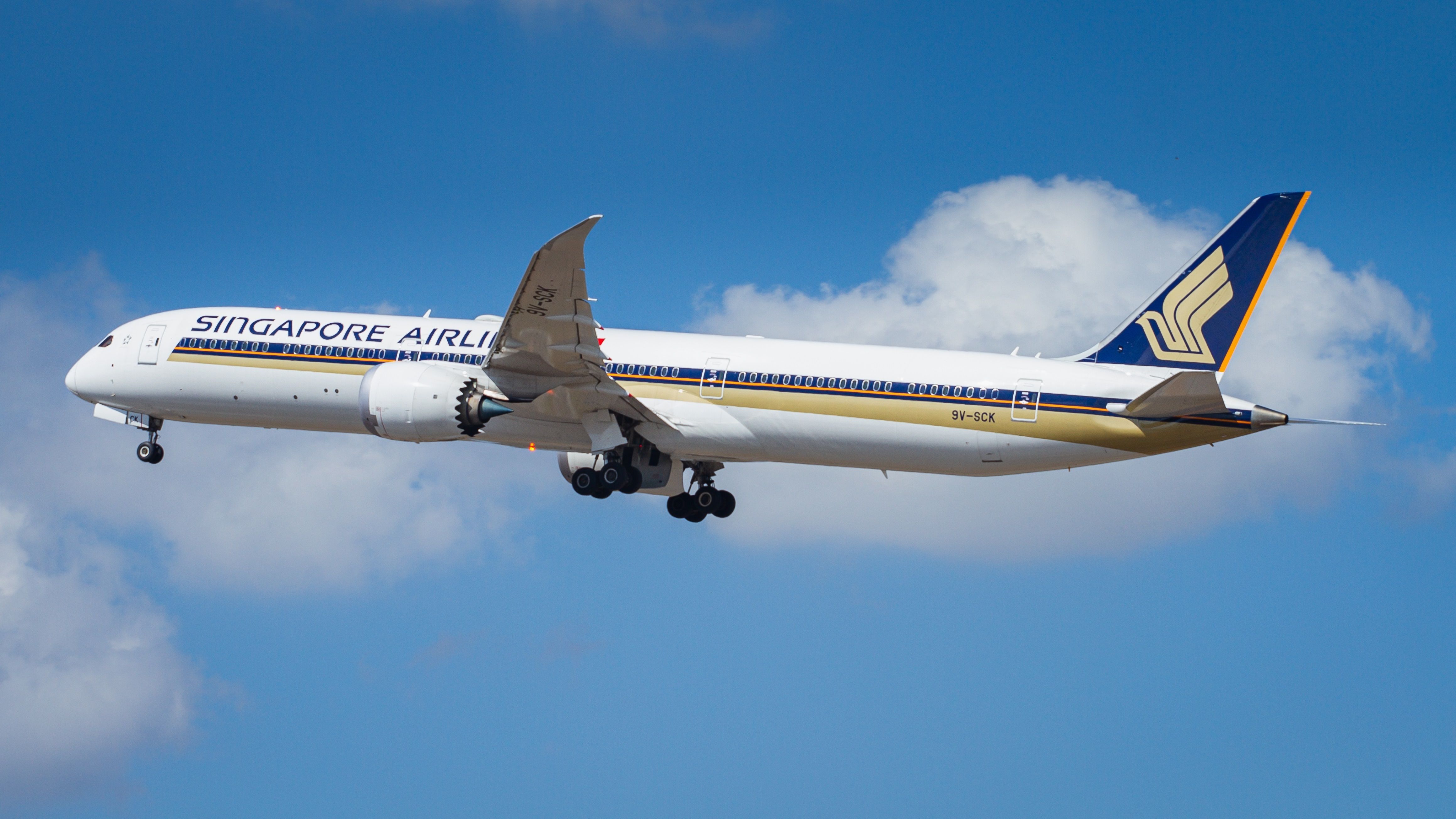As the curtain came down in 2022, Asia-Pacifc airlines were carrying around 47% of pre-pandemic international passenger numbers, and now six months later, they have increased that recovery to 72%. In June the region's airlines moved 23.2 million international passengers compared to 8.9 million in June last year, but still well below the 31 million in June 2019.
During 2023 the region's carriers have steadily grown and recovered, mostly in reaction to borders reopening, particularly in Northeast Asia. Domestic markets are recovering well, particularly in Indonesia, India, Vietnam and the Philippines and with summer peaks approaching more international services are also resuming.
The view from the top of AAPA
With China, Japan, Taiwan, Hong Kong and South Korea now open for travel, the expectation is that international traffic will soon reach pre-pandemic levels. To find out if that is the case, Simple Flying spoke exclusively with Association of Asia Pacific Airlines Director General Subhas Menon, who said that considering what the industry has been through in the last three years, it is on the "uptick and moving forward."
"Compared to other regions Asia Pacific is a little laggard but in the scheme of things one or two years delay in getting back to pre-COVID levels is not a big dent in the recovery process. So it's only a matter of time for Asia Pacific airlines to get back on their growth trajectory."
The Association of Asia Pacifc Airlines (AAPA) collects data on international passenger traffic from 40 airlines across the region, which shows that in the first half of 2023 they carried 120 million passengers, compared to 186 million in 1H 2019. China is a big influence on traffic throughout the region, and while its carriers, such as China Eastern, Air China and China Southern, have been quick to resume capacity to Australia, that is not the case in other parts of Asia-Pacific.
Menon said that North Asia is the region lagging due to the late opening of big markets such as Japan, South Korea and China, with China shut until the start of this year. He added that with domestic traffic in China now ahead of 2019 levels, "it's a matter of time for them to get their act together for international travel."
"In terms of international traffic China typically represents 20% of Asia-Pacific but right now they are trending around 5% and as a large inbound and outbound market I think it is dragging the chain.
"China is typically very strong to Southeast Asia but while the Southeast Asian airlines have put on their flights to China the Chinese carriers have not done so, or at least not to the same extent as they were operating in 2019."
More broadly, he said that some airlines want to return more capacity to the market but are hampered by supply chain issues, not just for new aircraft but also for the delivery of spare parts and the availability of maintenance facilities. Airlines in the region are reporting that bringing aircraft back into service is taking longer than expected and that manpower constraints are still ongoing.
Find more news about Asian aviation here
International issues are also at play
Menon is also wary of domestic agendas driving international aviation policy, such as in Europe with airport slots and in the US with the issue around 5G Towers and aircraft altimeters. As an example, he points to the FAA ruling that airlines had to upgrade or replace radio altimeters by July 1st if they wanted to keep operating in the US, posing a major supply chain challenge to many airlines.
He said that issues like this would have normally been the province of ICAO rather than to satisfy the needs of the US Federal Communications Commission. He also highlighted the European Union's airport slot regulations that can take away airline slots if they are not used at least 80% of the time, which is extremely difficult when your region is only operating around 70% of its capacity. He adds:
"This is disregarding international treaties and bilateral agreements that governments have concluded. If you tell an airline it can't use those slots then you're basically telling them they can't make use of those rights, which again is a domestic agenda driving an international aviation policy decision.
"I think this is maybe a bigger trend where governments are still in the COVID mode, looking at things from an inward perspective and adopting protectionist policies. We hope that this is an aberration and very soon they'll get back to doing things in the way that they used to in the past."
It's always nice to end an interview on a high note, and Menon obliged by telling Simple Flying he is optimistic that by the end of this year traffic will be back at 2019 levels. He also believes there is a lot of upside coming into 2024 and that Asia-Pacific will be up and running again, "setting up a growth trajectory from around April next year."
What do you think of Asia-Pacific's post pandemic recovery? Let us know in the comments.




